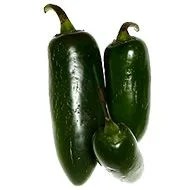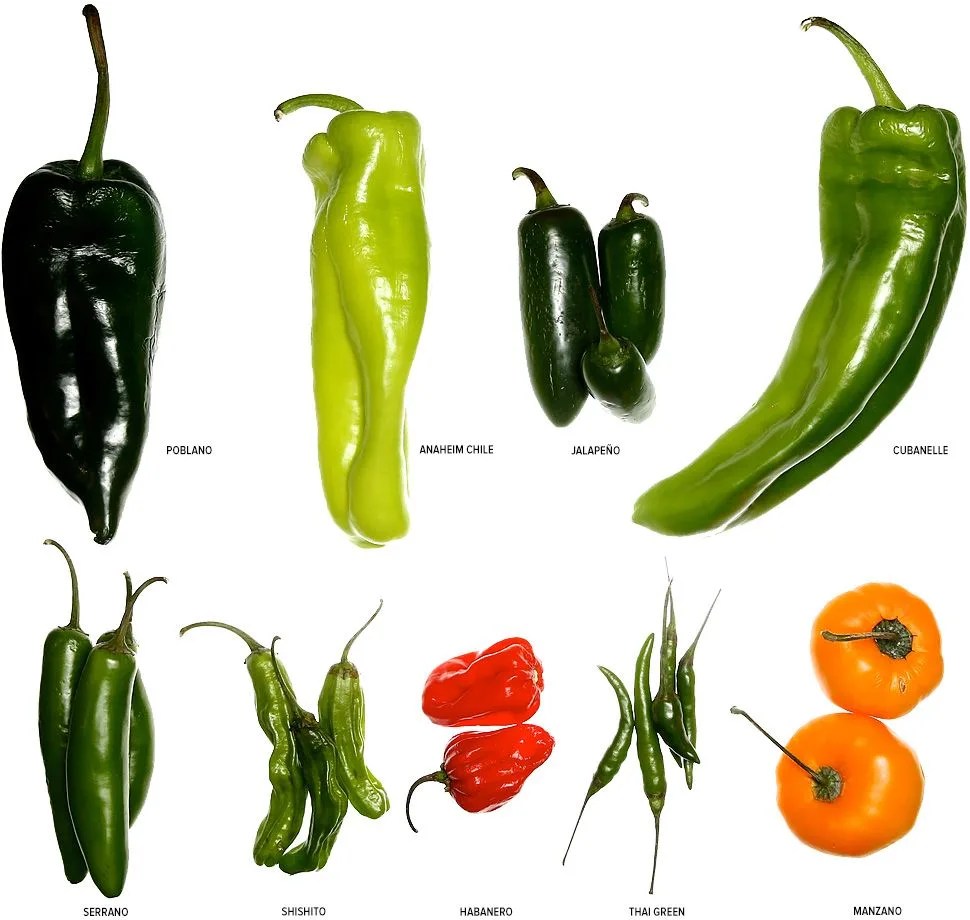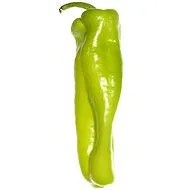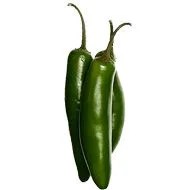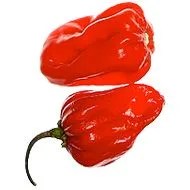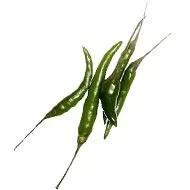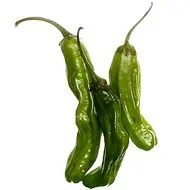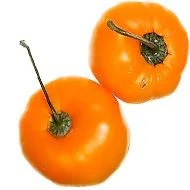For thousands of years, Native Americans cultivated capsicum, a member of the nightshade family best known for its spiciness. The Aztecs called it xilli; today, it’s chili. They’re used in everything from medicine to food to candy to riot control (hence “pepper spray”). Biologically, we’re not supposed to like them — scientists estimate that chilis evolved to produce capsaicin, their active ingredient, in order to repel mammals — but we tend to enjoy the punishment. The most masochistic of us revel in pressing the boundaries of capsaicin concentration, going out of their way to produce the world’s hottest pepper. The current record, measured in Scoville heat units (SHU), goes to the aptly named Ed Currie of the PuckerButt Pepper Company in Fort Mill, South Carolina: his Carolina Reaper, which clocks in at over 2,200,000 SHU, officially dethroned the previous world’s hottest pepper, the 2,000,000-SHU Trinidad moruga scorpion, in 2013.
Of course, some peppers are more sweet than spicy, better suited to date night than a chest-beating contest with the boys. To learn more about the tamer varieties, we took a walk to the Chelsea Fruit Market. These are ones that interest us and our admittedly fragile tastebuds.
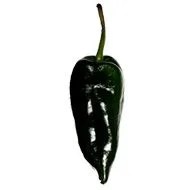
Poblano (1,000-2,000 SHU)
Poblanos, a mild green pepper grown in the southwestern United States and Mexico, are often used in a variety of popular Mexican dishes and sauces, including chile relleno and mole. When dried, poblanos flatten and become anchos (Spanish for “wide”). A word to the wise: biting into a poblano can be like spinning a roulette wheel, as some contain an unexpected explosion of spice.
●○○○○
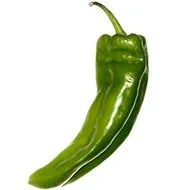
Cubanelle (0-1,000 SHU)
Like snowflakes, no two cubanelles are alike: they start out light yellow or green and turn red as they ripen, often twisting into odd shapes. Although they taste mild and sweet like bell peppers, their lower water content and thinner walls make them ideal for frying, whereas bell peppers yield themselves much better to roasting.
●○○○○
